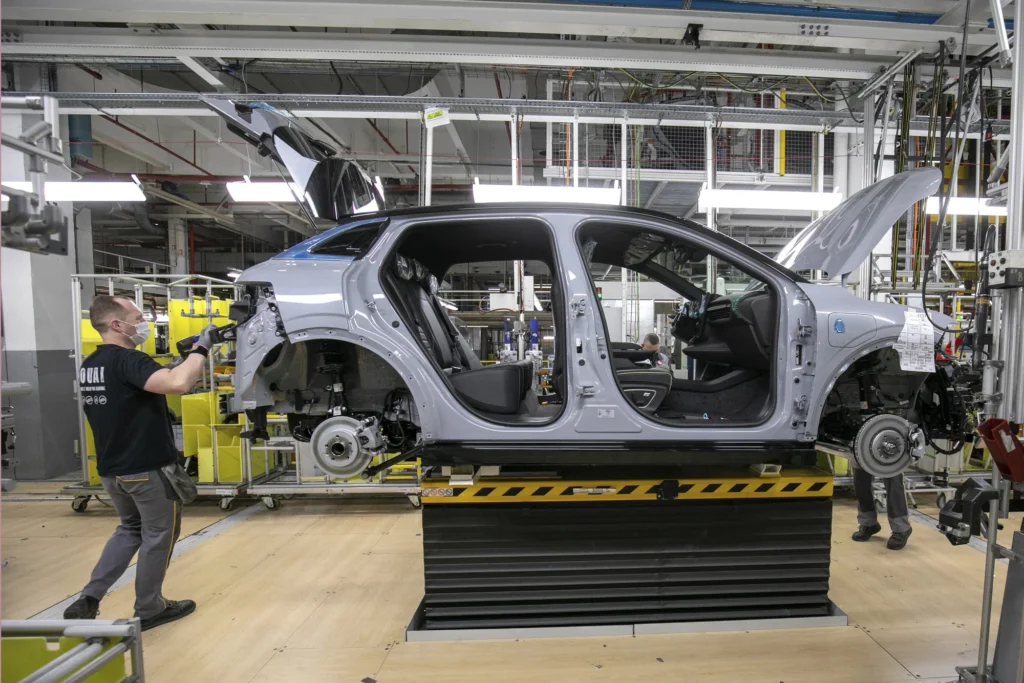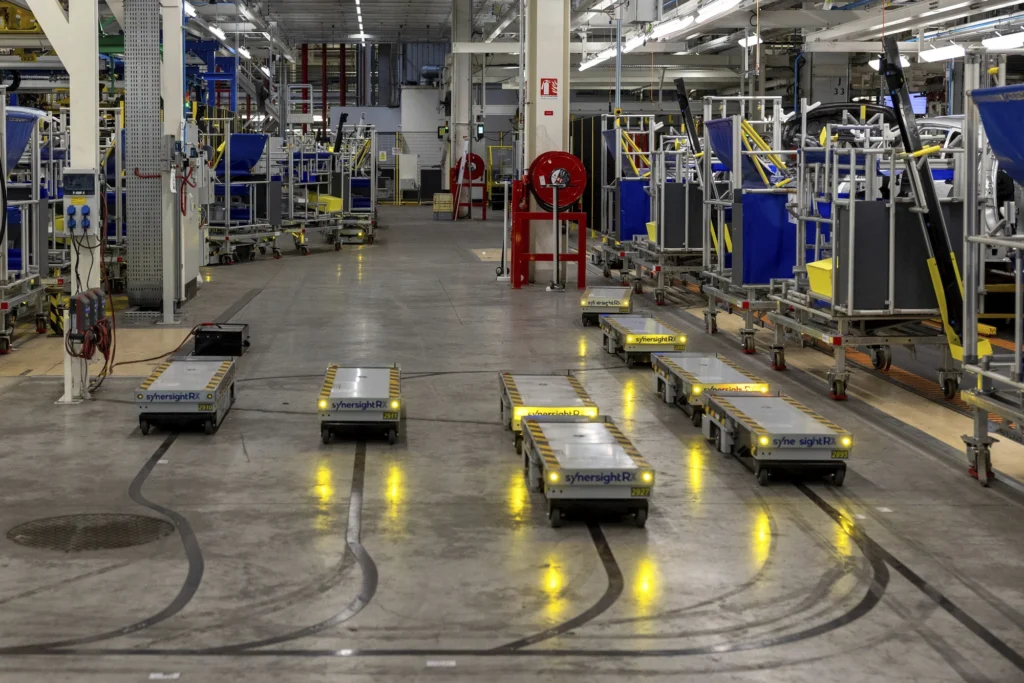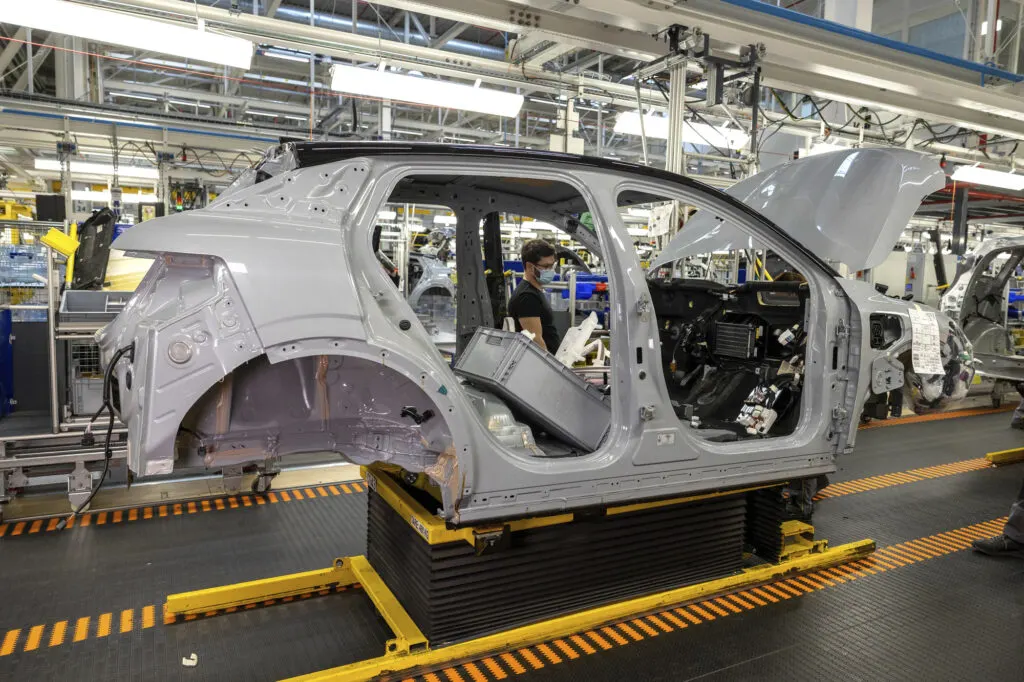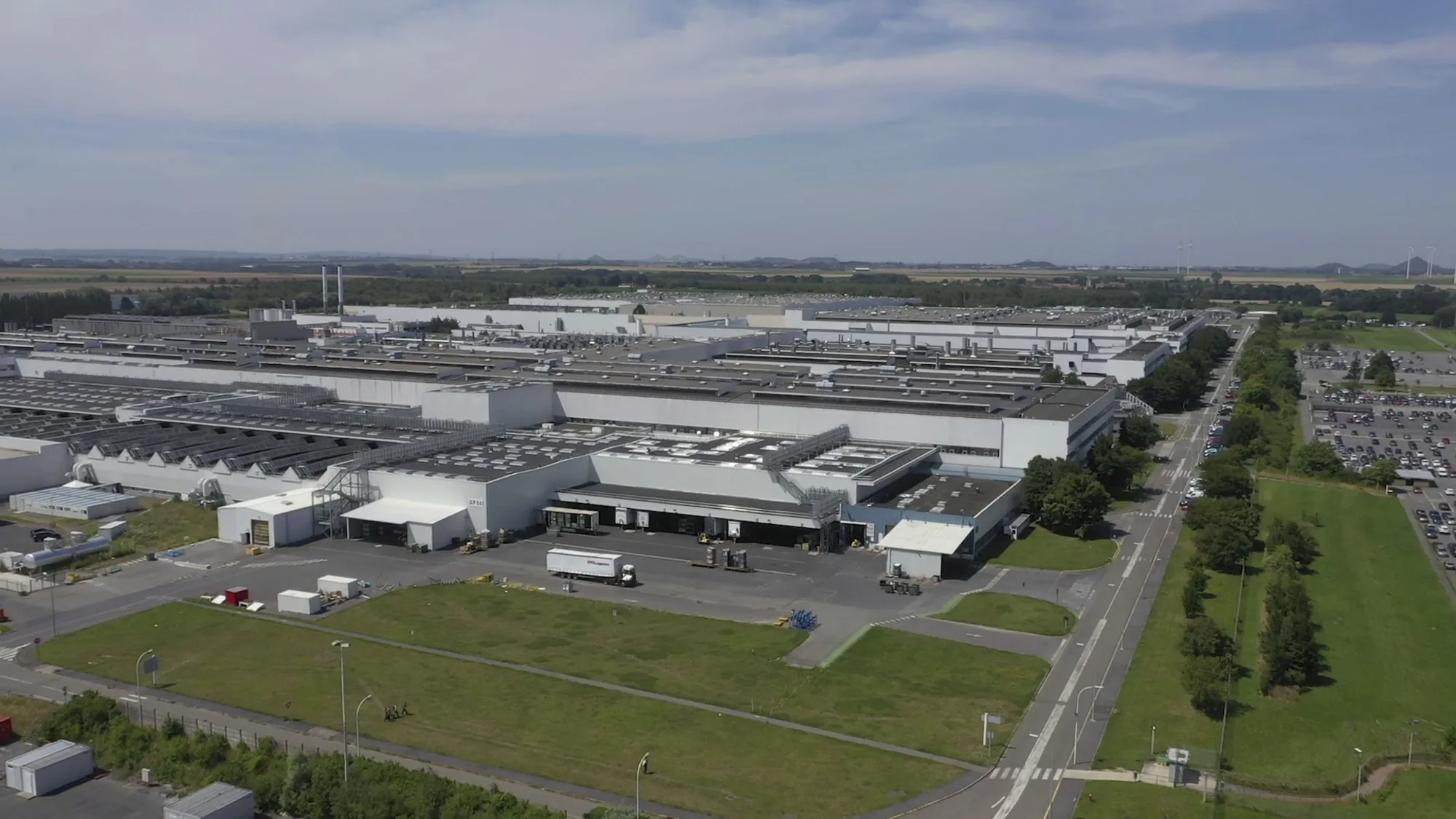Introduction
As automakers race to electrify their lineups, few transformations are as emblematic—or as comprehensive—as what’s unfolding in northern France. The Renault factory in Douai, once known for producing the original Renault 5 in the 1970s, has been entirely reimagined as a high-tech production hub for the electric era. Today, this facility stands as a blueprint for modern EV manufacturing, combining automation, local sourcing, and just-in-time production to deliver some of Europe’s most anticipated electric vehicles.
This article explores the inner workings of the Douai factory, Renault’s strategic decisions behind its revitalization, and how innovation on the factory floor is shaping the next generation of electric vehicles—including the reborn Renault 5.
Local sourcing and workforce evolution
Renault’s Douai plant prioritizes regional integration. Nearly all major components for the vehicles built here are sourced from within a 100-kilometer radius. This approach supports local businesses, reduces environmental impact, and shortens the supply chain.
The factory employs 2,815 people, with 415 hired specifically for the Renault 5’s production ramp-up. Diversity has also improved, with women now making up 33% of the workforce—up from just 8% a decade ago. The site is in the midst of a long-term goal to reduce production costs by 50% between 2021 and 2029, already achieving a 30% reduction.
Platform flexibility and production diversity

Renault utilizes two electric vehicle platforms at the Douai facility: AmpR Small and AmpR Medium. These platforms support multiple models, including the Renault 5, Alpine A290, new Nissan Micra, Renault Scenic, and Mégane. This modularity allows Renault to shift production priorities dynamically, depending on real-time market demand.
Body panel production and robotic precision
The body panel shop initiates the production process, where structural components such as the floorpan, side panels, and roof are aligned and welded. A network of 900 robots—working across two levels—automates this stage. Cars receive approximately 3,000 spot welds, followed by high-precision laser welding in a restricted-access enclosure.
Automated logistics and workstation efficiency

Douai’s internal logistics system is fully automated. Parts are delivered by guided robots, which follow embedded floor tracks and respond to real-time supply needs. Mobile workstations reduce physical strain on employees by moving parts and tools to them, rather than requiring workers to move around the factory floor.
Each station includes digital tablets that provide real-time instructions customized to the vehicle’s unique build, supporting high levels of personalization.
Assembly line integration and component installation
After being painted, each vehicle’s doors are removed for internal assembly and later reattached. This ensures a seamless color match and enables easier access to fit components like dashboards, HVAC systems, soundproofing, and wiring looms.
The assembly line supports “just-in-time” methodology, minimizing on-site storage and maximizing space efficiency. Radio-controlled carts and color-coded systems help synchronize every step of production.
Drivetrain and battery system marriage
Vehicles are placed on mobile skates that carry the drivetrain—including battery packs, axles, suspension, and motor assemblies. The body is then lowered onto this system in a high-speed process known as the “marriage,” where over 60 fasteners are secured in around one minute. Workers then torque suspension struts and connect all necessary mechanical and electrical systems.
Battery assembly and high-voltage testing
A key advantage of Douai’s layout is its direct connection to an on-site battery assembly facility located just 300 meters from the main plant. This minimizes transportation emissions and integrates seamlessly into the just-in-time production workflow.
Renault 5 battery packs come in two sizes: 40 kWh and 52 kWh, while the Scenic uses an 87 kWh unit. Although the physical pack size remains the same, the number of cells inside varies. Every pack is rigorously tested for leakage, thermal management, and high-voltage safety. In the event of a defect, faulty packs are isolated and submerged in water tanks to mitigate fire risks.
Final assembly, inspection, and quality control
As the vehicle nears the end of the production line, glass fitting, lighting, soundproofing, crash protection, and interior trim are installed. Vehicles undergo a “first start” systems check, followed by brake testing on a rolling road. Some final quality checks, such as wheel torque verification or sensor installation, may be completed at the dealership.
A modernized and sustainable production hub

The factory’s transformation is not just about electrification, but also about environmental and operational sustainability. The Douai site collects more than 400 million data points per day to monitor and refine energy use, machine performance, and production flow. Solar panels installed across the staff parking area contribute to energy efficiency.
Workstations are height-adjustable to accommodate varying vehicle sizes, from low-slung hatchbacks like the Renault 5 to taller crossovers like the Scenic.
Integration with nearby gigafactory
Adjacent to the main plant is a gigafactory operated by Renault’s battery partner, AESC. Battery cells and modules are produced on-site, then immediately delivered to the assembly line. This vertical integration enables Renault to reduce its carbon footprint while accelerating production timelines.
With production currently at one vehicle per minute, Renault is ramping up to 700 cars per day to meet increasing demand for its electric lineup.
Conclusion
Renault’s Douai factory is more than a historic site—it’s a model for EV manufacturing in the modern era. Through a combination of automation, local sourcing, modular platforms, and in-house battery integration, the plant represents a strategic shift in how electric cars are designed, built, and delivered.
As the Renault 5 rolls off the line—reborn as a modern electric vehicle—it carries with it not just decades of heritage, but also the future of accessible European EV production.
Article inspired by The Late Brake Show video.
